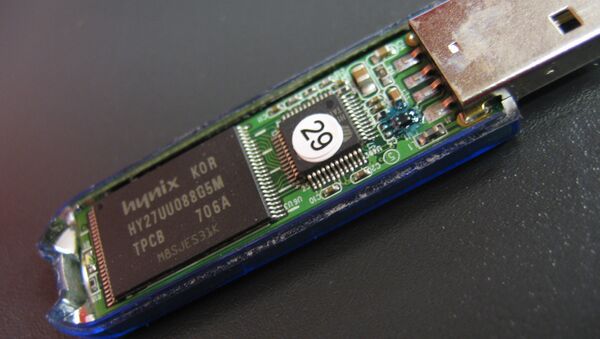According to the researcher, who goes by the nickname “Dark Purple,” a friend passed along the following tale:
“I read an article about how a dude in the subway fished out a USB flash drive from the outer pocket of some guy’s bag. The USB drive had ‘128’ written on it. He came home, inserted it into his laptop and burnt half of it down. He wrote ‘129’ on the USB drive and now has it in the outer pocket of his bag …”
Dark Purple, who works at a company “engaged in the development and manufacture of electronics,” decided to repurpose one of the printed circuit boards that was ordered for other projects.
According to Dark Purple, he/she successfully developed a computer-burning USB.
“Within a week,” Dark Purple writes, “I have developed quite specific circuit implementation, ordered components. After a few months of waiting for them, I made a full-fledged prototype. I tested the idea and ‘burnt down’ everything I could.”
The researcher then made a “combat model” and modeled the outside to resemble a standard USB drive, apparently to punish anyone who would steal the device
As for the technology behind the USB, Dark Purple says it is “quite simple,” so we will let the hacker explain:
“When we connect it up to the USB port, an inverting DC/DC converter runs and charges capacitors to —110V. When the voltage is reached, the DC/DC is switched off. At the same time, the filed transistor opens.
“It is used to apply the —110V to signal lines of the USB interface. When the voltage on capacitors increases to —7V, the transistor closes and the DC/DC starts. The loop runs till everything possible is broken down.
“Those familiar with the electronics have already guessed why we use negative voltage here. I‘ll explain to others that negative voltage is easier to commutate, as we need the N-channel field resistor, which, unlike the P-channel one, can have larger current for the same dimensions.”
Got it? It seems like what you really need to remember is to think twice before inserting a found USB drive into your computer – especially if it has “130” written on it.






